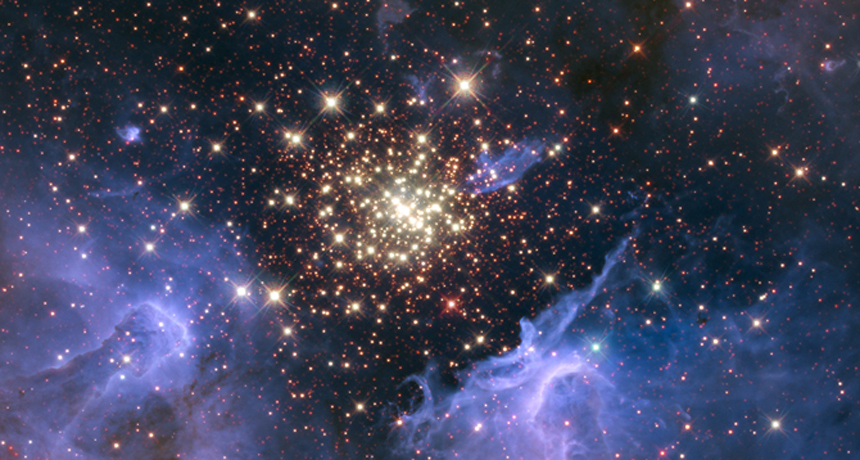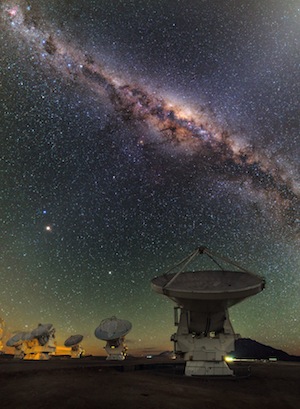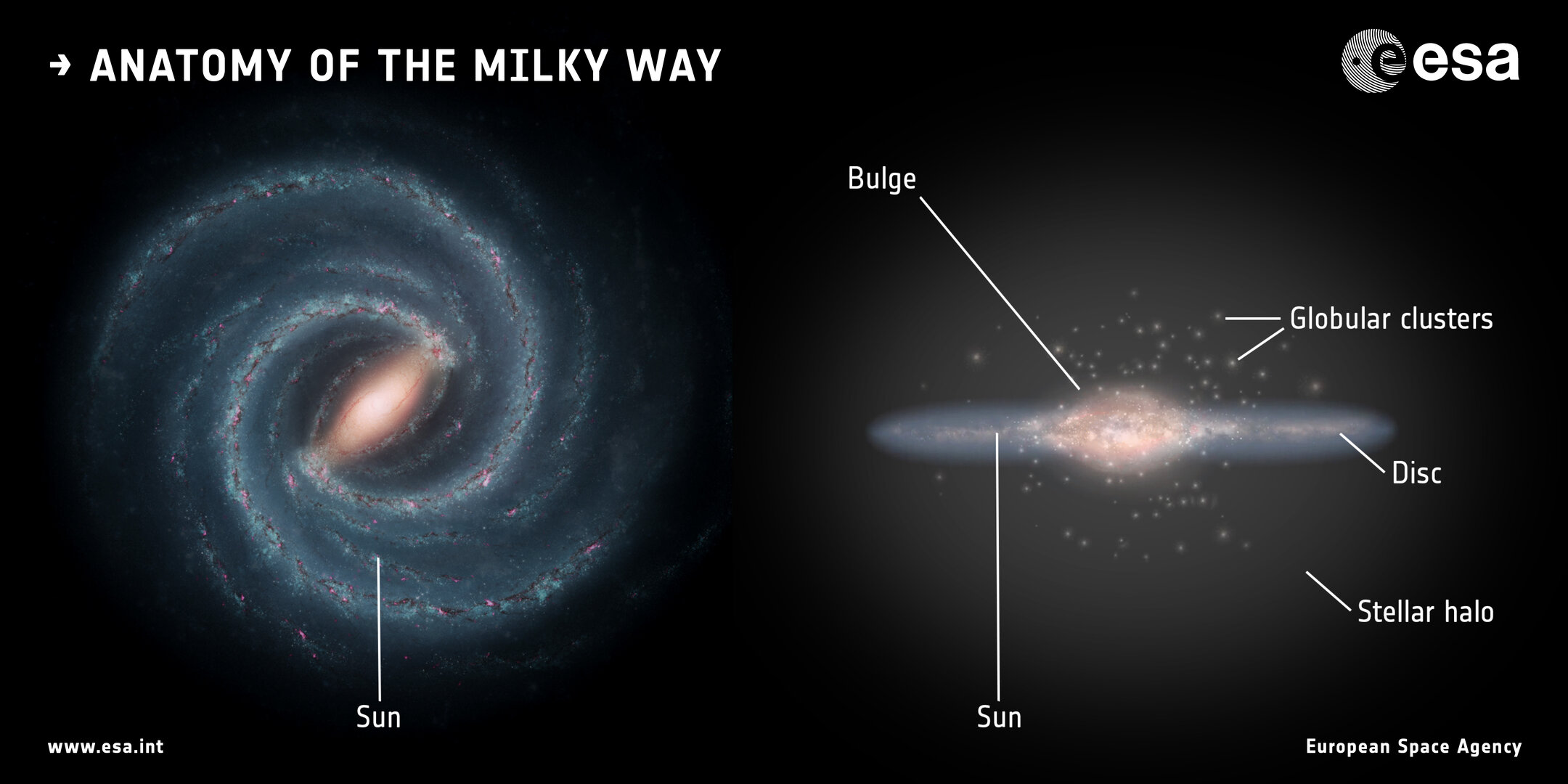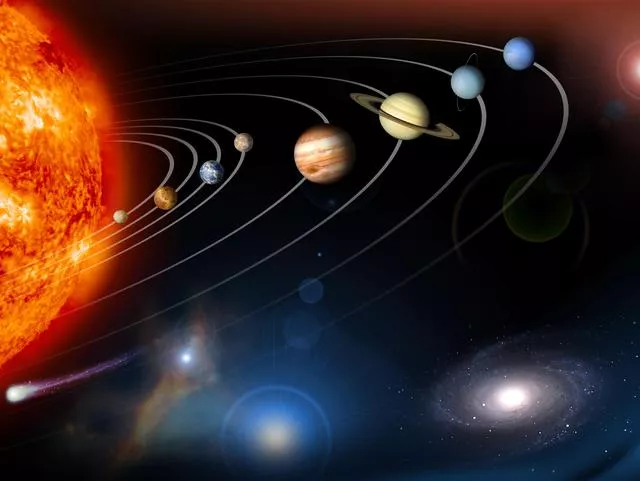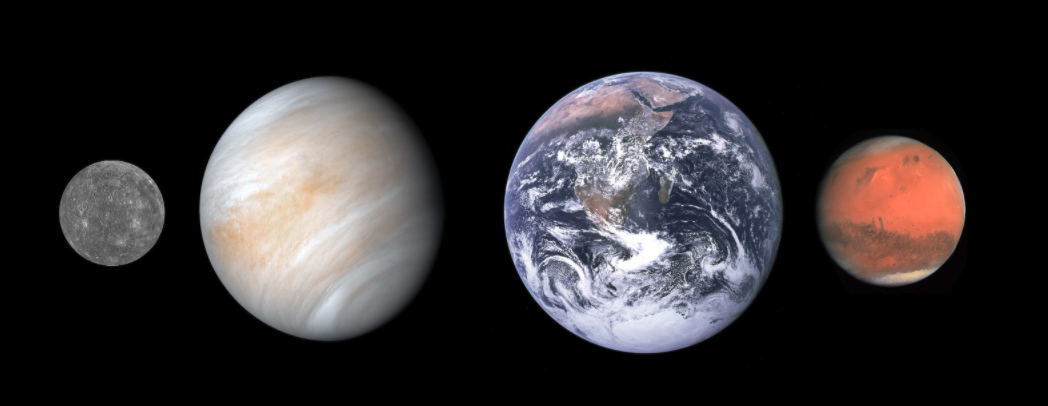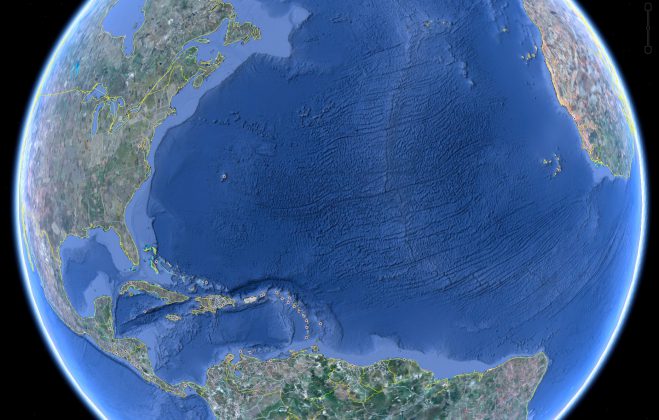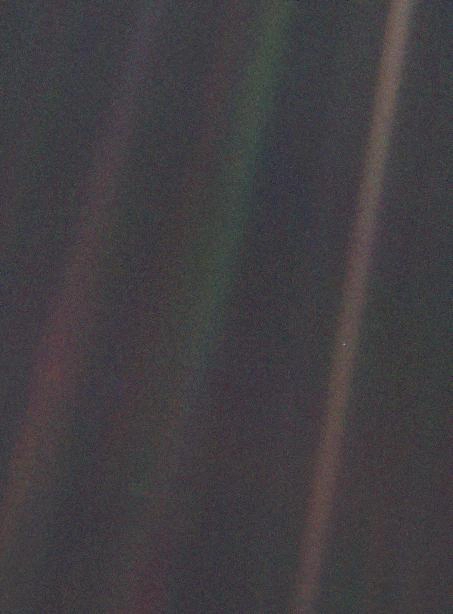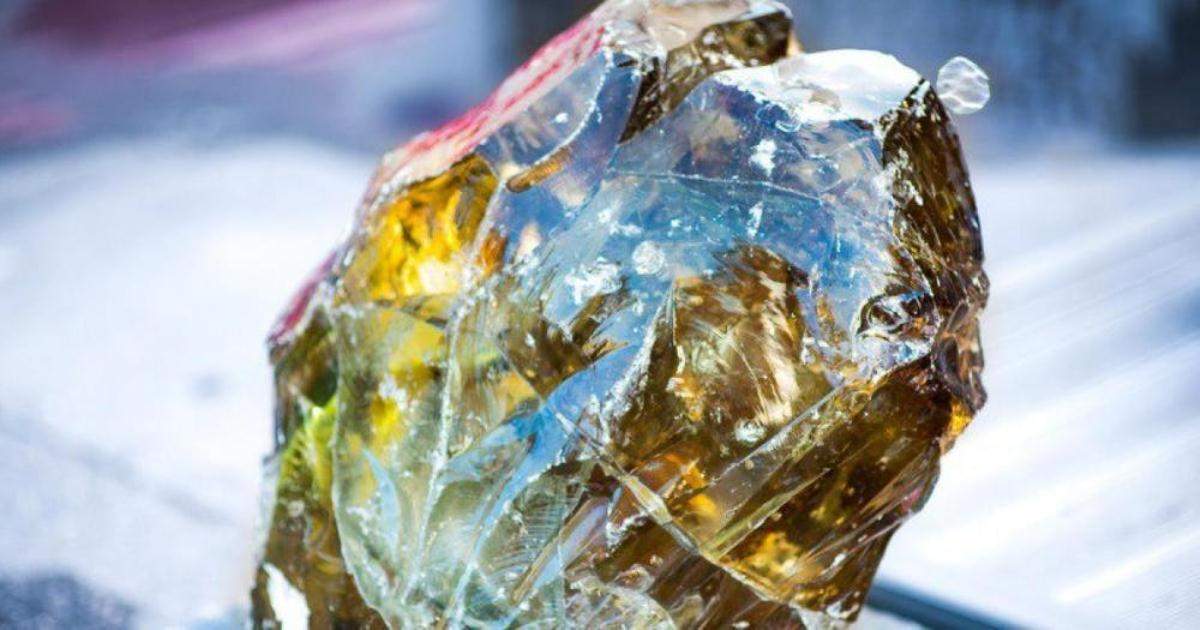Study Guide: Formation of Planet Earth
Main Ideas
- Everything on Earth originally came from stardust.
- Long ago a star exploded, causing a “solar nebula” to form. This solar nebula gradually evolved into a “solar system”, with our Sun in the middle.
- Through the process of “planetary accretion” the Earth was formed.
- The earth is a “terrestrial” (rocky) planet.
- The Earth’s orbit is in the “Goldilocks Zone”, where water can exist in a liquid state. This is why the Earth is able to support life.
- The “Greenhouse Effect” of the atmosphere is also important for maintaining the right temperature for life on our planet.
Stardust
The story of rocks and minerals begins in the stars. All that we are, all that we eat, all that we walk on, all that we wear, all that we build, even the water we drink is made from star dust. All the material that makes up rocks and minerals—and our own bodies—was formed in the hot core of ancient stars.
Once formed, this matter drifted millions of light years, crossing galaxies to eventually arrive in the region of our solar system. Here, perhaps triggered by the massive explosion of a long lost star, some of this matter condensed to form the planet we call home.
Stars have life cycles. They’re born when bits of dust and gas floating through space collect and collapse into each other and under gravitational pressure heat up. They burn for millions to billions of years, and then they die. When stars die, they spew tiny particles into space. These bits of stardust eventually form new stars, along with new planets, moons and meteorites.
The Universe is unimaginably huge. It contains billions of galaxies, each containing millions or billions of stars. It would take a modern jet more than a million years to reach Proxima Centauri, the nearest star to our Sun. (You can read more about Proxima Centauri here.)
No one knows the exact size of the Universe, because we cannot see the edge—if there is one. All we do know is that the visible Universe is at least 93 billion light years across. (A light year is the distance light travels in one year—about 9 trillion km.)
The Milky Way Galaxy
Somewhere in all this vast space-time-void-heat-energy-matter-anti-matter floats our galaxy—the Milky Way. A galaxy is a large collection of stars, gas, and dust bound together by gravity. Galaxies come in many shapes and sizes. The Milky Way is a spiral galaxy, and is shaped like a huge spinning whirlpool.
The Milky Way contains at least 100 billion stars, as well as massive amounts of dust and gas. It is so big that light takes 100,000 years to cross from one side to the other.
It appears to us on dark nights as a milky band of light in the sky. All the stars we can see with our own eyes are part of the Milky Way Galaxy.
The center of the galaxy is hard to see because clouds of gas and dust block our view. Scientists have found evidence that the center of the galaxy contains a supermassive black hole that swallows anything passing too close.
We live about 25,000 light years away from the center of the Milky Way, in a quiet suburb about halfway out on one of the spiral arms on a small blue spec of dust and water. The surface of this spec is our home.
Just as the Earth goes around the Sun, the Sun goes around the center of the Milky Way. But you’ll have to wait a while to see the other side. It takes about 250 million years for the Earth to go all the way around.
The Solar Nebula and Planetary Accretion
About 4.6 billion years ago, a giant cloud of dust and gas—known as a solar nebula—collapsed and began to form what became our solar system. The planets in our solar system are believed to have formed from the same spinning disc of dust that formed the Sun.
This disc, called the solar nebula, was composed mainly of hydrogen and helium—two very simply elements. Over million years, the particles in the spinning solar nebula clumped together through gravitational attraction. This slow process of planet building is called accretion.
The Sun
At the center of our solar system is the Sun—a star so large that its gravitational pull keeps planets, dwarf planets (such as Pluto), comets and meteoroids orbiting around it.
The Inner Solar System
The inner Solar System is our home. It is includes the terrestrial planets and the asteroid belt.
Beside hydrogen and helium, there were some heavier elements that had formed long ago in the death of ancient stars. Our own planet is mainly made up of these heavier elements. There are four rocky, or terrestrial, planets: Mercury, Venus, Earth, and Mars. These planets are called terrestrial planets because they are made up of rocks and metals, and have solid surfaces.
The temperature of the early solar system explains why the inner planets are rocky and the outer ones are gaseous. As the nebula, the temperature rose. In the inner solar system temperatures were as high as 2000 K, while in the outer solar system it was as cool as 50 K.
In the inner solar system, only substances with very high melting points could remain solid. Everything else was vaporized. For this reason, the planets of the inner solar system are mostly made of iron, silicon, magnesium, sulfur, aluminum, calcium and nickel. Many of these elements also combine with with oxygen.
The inner planets are much smaller than the outer planets. They have relatively low gravity and are not able to attract large amounts of gas into their atmospheres.
The Outer Solar System
The outer region of the Solar System is home to the giant planets and their moons. The centaurs and many comets also orbit in this region. Due to their greater distance from the Sun, the solid objects in the outer Solar System contain a large amounts frozen (or solid) water, ammonia, and methane.
In the outer regions of the solar system it was cooler. Here, water and methane did not vaporize and were able to form into giant planets. These planets were larger than the inner planets and were able to attract larger amounts of hydrogen and helium, the most abundant elements in the Universe.
Earth: The Liquid Water Planet
The third rock from the sun is the largest of the four rocky planets, and it is the only place in the known universe that supports life. This is because of the presence of liquid water. About 71% of our planet’s surface is covered in water.
The Earth is located in what is known as the “Goldilocks Zone.” It orbits at the ideal distance from the Sun to have liquid water. If the Earth were any closer to the Sun, all the water would evaporate, and if it were farther away, all the water would freeze.
The Earth’s atmosphere also contains large amounts of water. This atmosphere protects the planet from solar radiation, and creates a warming blanket (the Greenhouse Effect).
In the English language, Earth is the only planet not named after a god. It likely earned its name from the Old English and German words for “ground” or “dirt”.
Ancient people have long been aware that certain “stars” seemed to move through the skies with a will of their own. These strange objects were associated with powerful gods, and were thought to control the destiny of individuals and empires. Various forms of astrology developed from these ideas.
It was not until the discoveries of Copernicus, Galileo and Kepler that people began to accept the incredible idea that we actually live on the surface of a small rock floating in a vast space.
A Pale Blue Dot
Look again at that dot. That's here. That's home. That's us. On it everyone you love, everyone you know, everyone you ever heard of, every human being who ever was, lived out their lives... a mote of dust suspended in a sunbeam... To me, it underscores our responsibility to deal more kindly with one another, and to preserve and cherish the pale blue dot, the only home we've ever known.
Carl Sagan, Pale Blue Dot, 1994
The Oldest Stardust on Earth
In a meteorite that fell fifty years ago in Australia, scientists have discovered stardust that formed 5 to 7 billion years ago – the oldest solid material ever found on Earth.
The materials are called presolar because they were formed before our Sun was born. They’re solid chunks of stars, real stardust. These bits of stardust became trapped in meteorites where they remained unchanged for billions of years, making them time capsules from the ancient past.
Presolar grains are hard to come by. They’re found only in about 5% of meteorites, and they’re tiny-a hundred of the largest would fit on a period.
Learning about the age of presolar grains isn’t the end of the discovery. Since presolar grains are formed when a star dies, they can tell us about the history of stars in general. it seems that 7 billion years ago, there was a bumper crop of new stars—a sort of astral baby boom.
Scientists look forward to these recent discoveries furthering our knowledge of our galaxy. They note that there are lifetimes’ worth of questions left to answer about presolar grains and the early Solar System.



